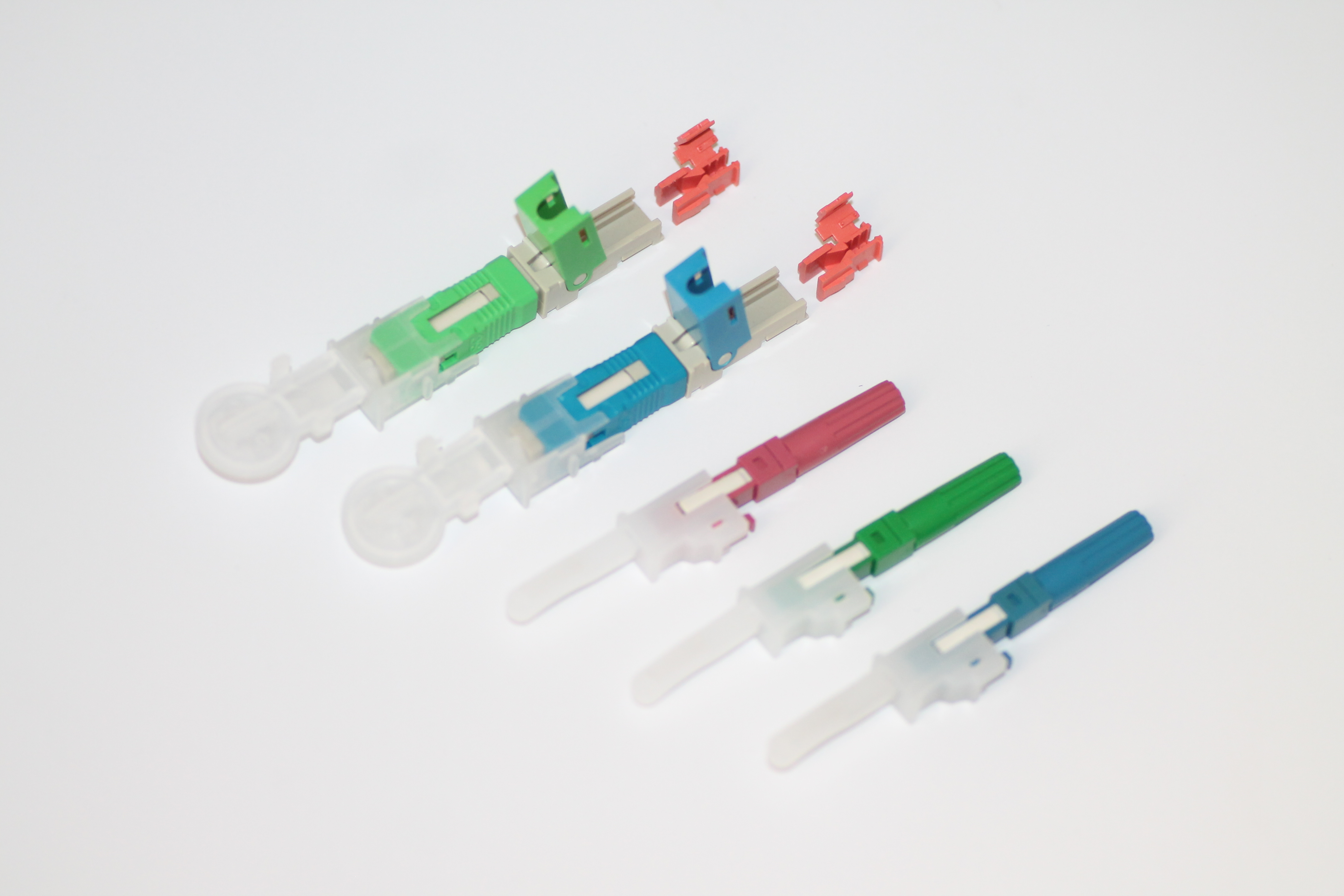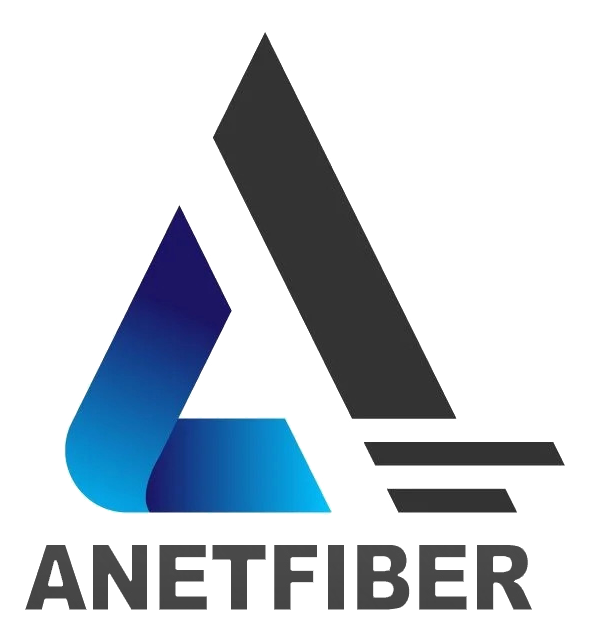The Essential Role of Fiber Optic Patch Cable Connectors in Network Performance

Understanding the Basics of Fiber Optic Technology and Its Impact on Network Performance
Fiber optic technology has revolutionized the way data is transmitted and has significantly impacted network performance. Understanding the fundamental aspects of this technology is crucial for comprehending its role in modern networking.
What Makes Fiber Optic Technology Stand Out?
Fiber optic technology operates on the principle of light-based communication, where data is transmitted through Fiber Optic cables using pulses of light. This innovative approach allows for exceptionally high-speed data transmission over long distances with minimal signal degradation. In comparison to traditional copper cables, Fiber Optic cables offer significantly higher bandwidth and are immune to electromagnetic interference, making them ideal for demanding networking environments.
How Connectors Influence Fiber Optic Network Performance
Connectors play a pivotal role in ensuring optimal network performance by facilitating seamless signal transmission within Fiber Optic systems. The precise alignment and quality of Connectors directly impact the efficiency of data flow, influencing factors such as signal strength and reliability. Quality connections are essential for maintaining consistent high-speed data transfer rates, making connectors a critical component in Fiber Optic network infrastructure.
Exploring the Different Types of Fiber Optic Patch Cable Connectors
Fiber optic technology relies on a variety of connectors to ensure seamless data transmission. Understanding the different types of fiber patch cable connectors is essential for optimizing network performance and compatibility.
Common Types: LC, SC, ST, and MTP Connectors
LC Connectors: Compact and Reliable
LC connectors are known for their compact design and reliable performance. They are widely used in high-density connections due to their small form factor, making them ideal for space-constrained networking environments. The push-pull mechanism of LC connectors allows for easy installation and removal, minimizing the risk of signal disruption during maintenance.
SC and ST Connectors: The Workhorses of Fiber Optics
SC and ST connectors have long been recognized as the workhorses of fiber optics, providing robust and durable connections. SC connectors, with their square shape, offer simple push-pull coupling and are commonly used in data communication applications. On the other hand, ST connectors feature a bayonet-style coupling mechanism, ensuring secure connections in critical networking setups.
MTP Connectors: High-Density Networking Solutions
MTP connectors are designed to meet the demands of high-density networking solutions, offering unparalleled performance in complex data center environments. With their multifiber connectivity, MTP connectors enable rapid deployment of high-bandwidth connections while streamlining cable management. Their modular design allows for quick and efficient scalability as network requirements evolve.
Choosing the Right Connector for Your Network
Understanding Connector Compatibility
When selecting fiber optic connector types, it is crucial to consider compatibility with existing infrastructure. Ensuring that new connectors align with the current network setup is essential for seamless integration and optimal performance. Compatibility issues can lead to signal loss or connection failures, emphasizing the need for thorough assessment before implementing new connectors.
The Importance of Connector Standards (IEC, TIA)
Adhering to industry standards set by organizations such as the International Electrotechnical Commission (IEC) and the Telecommunications Industry Association (TIA) is paramount when choosing fiber patch cable connectors. These standards define specific requirements for connector design, performance, and interoperability, guaranteeing reliability and consistency across diverse network environments.
The Technical Side of Connectors: Compatibility, Loss, and Durability
Fiber optic connectors play a critical role in maintaining network performance, and understanding the technical aspects of these components is essential for optimizing their functionality.
Minimizing Signal Loss for Optimal Performance
What is Connector Insertion Loss?
Connector insertion loss refers to the decrease in optical power resulting from the connection of two fiber optic connectors. It occurs due to factors such as imperfect core alignment and surface irregularities. This loss can impact signal strength and overall network performance, making it crucial to minimize insertion loss for efficient data transmission.
Reducing Connector Return Loss
Connector return loss, also known as back reflection, is the amount of light that gets reflected back toward the source due to inconsistencies in the connector interface. High return loss can lead to signal degradation and interference, affecting the reliability of data transmission. Implementing connectors with low return loss is vital for maintaining signal integrity within fiber optic networks.
Ensuring Long-Term Reliability with Durable Connectors
The Impact of Connector Durability on Network Lifespan
The durability of fiber optic connectors directly influences the longevity and stability of network infrastructure. A robust and resilient connector design ensures sustained performance over time, reducing the need for frequent replacements and maintenance. By minimizing wear and tear, durable connectors contribute to the overall reliability of fiber optic networks.
Connector Polishing Techniques and Their Importance
Connector polishing techniques are instrumental in achieving optimal connector performance. Proper polishing helps eliminate surface imperfections that can lead to signal loss and interference. Techniques such as physical contact polishing (PC), ultra-physical contact (UPC) polishing, and angled physical contact (APC) polishing are employed to enhance connector end-face smoothness, thereby improving signal transmission efficiency.
In addition to minimizing signal loss through precise alignment, these techniques also contribute to reducing return loss by ensuring minimal back reflection at the connector interfaces.
Best Practices for Fiber Optic Connector Maintenance
Maintaining fiber optic connectors is essential for ensuring consistent network performance and longevity. Proper cleaning and routine maintenance practices are crucial in preventing signal degradation and minimizing downtime.
Keeping Your Connectors Clean
The Necessity of Regular Cleaning
Regular cleaning of fiber optic connectors is imperative to remove contaminants that can impede signal transmission. Dust, oil, and other particles can accumulate on connector end-faces, leading to increased insertion loss and potential signal disruptions. By establishing a regular cleaning schedule, network operators can mitigate the risk of performance issues caused by dirty connectors.
Recommended Cleaning Techniques
When cleaning fiber optic connectors, it is vital to use appropriate tools and techniques to avoid damaging the delicate components. The following steps outline recommended cleaning techniques:
Inspection: Begin by visually inspecting the connector end-face under a microscope to identify any contaminants or damage.
Dry Cleaning: Utilize a specialized dry cleaning tool, such as a lint-free swab or a reel-based cleaner, to gently remove loose debris from the connector end-face.
Wet Cleaning: If dry cleaning alone does not suffice, moisten a lint-free swab with an optical-grade solvent and carefully wipe the connector end-face in a single motion.
Inspection: After cleaning, perform another visual inspection to ensure that the connector end-face is free of residue or particles.
Adhering to these recommended cleaning techniques helps maintain optimal connector cleanliness without causing damage or introducing additional contaminants.
Routine Maintenance to Prevent Downtime
Inspecting Connectors for Wear and Tear
In addition to regular cleaning, conducting routine inspections of fiber optic connectors is essential for identifying signs of wear and tear. Visual inspections should be performed using a microscope or fiber inspection scope to assess the condition of connector end-faces. Any scratches, chips, or other abnormalities should be addressed promptly to prevent potential signal degradation.
The Role of Professional Maintenance
While regular maintenance tasks can be performed in-house, engaging professional services for periodic comprehensive maintenance is beneficial for ensuring thorough assessments and addressing complex issues. Professional maintenance providers have access to advanced equipment and expertise in handling intricate connector maintenance procedures, contributing to enhanced network reliability.
Conclusion: The Future of Fiber Optics in Network Infrastructure
As technology continues to advance, the landscape of network infrastructure is evolving at a rapid pace, with Fiber Optic technology playing a pivotal role in shaping the future.
The Evolving Landscape of Network Technology
Innovations in Fiber Optic Connectors
Innovations in Fiber Optic connectors are driving significant advancements in network performance. Ongoing research and development efforts are focused on enhancing connector design to minimize signal loss and maximize data transmission efficiency. New materials and manufacturing techniques are being explored to create Connectors that can meet the increasing demands of modern networking environments.
Predictions for Network Performance Enhancements
The future holds promising prospects for substantial enhancements in network performance, largely attributed to the continuous innovation in Fiber Optic technology. Forecasts indicate a significant increase in data transfer speeds and bandwidth capacities, enabling networks to support emerging technologies such as augmented reality, virtual reality, and the Internet of Things (IoT). These advancements are set to revolutionize connectivity across various industries and consumer applications.
Why Maintaining High-Quality Connections is Key
The Continuous Need for Speed and Reliability
As data consumption patterns continue to escalate, the demand for high-speed and reliable network connections remains constant. Fiber Optic connectors play a critical role in meeting this demand by ensuring seamless data transmission with minimal latency. Maintaining high-quality connections is imperative to sustain the performance levels required for today's data-intensive applications.
Preparing for the Data Demands of Tomorrow
Anticipating the exponential growth of data demands in the future, it is essential to prioritize the maintenance and optimization of Fiber Optic connections. By investing in robust infrastructure and adhering to best practices for connector installation and maintenance, organizations can proactively prepare for the escalating requirements of tomorrow's network environments.
See Also
The Vital Importance of Fiber Optic Infrastructure in Telecommunications
The Essential Role of Fiber Optics in 5G Network Infrastructure
The Critical Role of Fiber Optics in 5G Networks
Key Fiber Optic Cable Troubleshooting and Maintenance Tips
5 Key Fiber Optic Cable Management Solutions for Network Infrastructure


